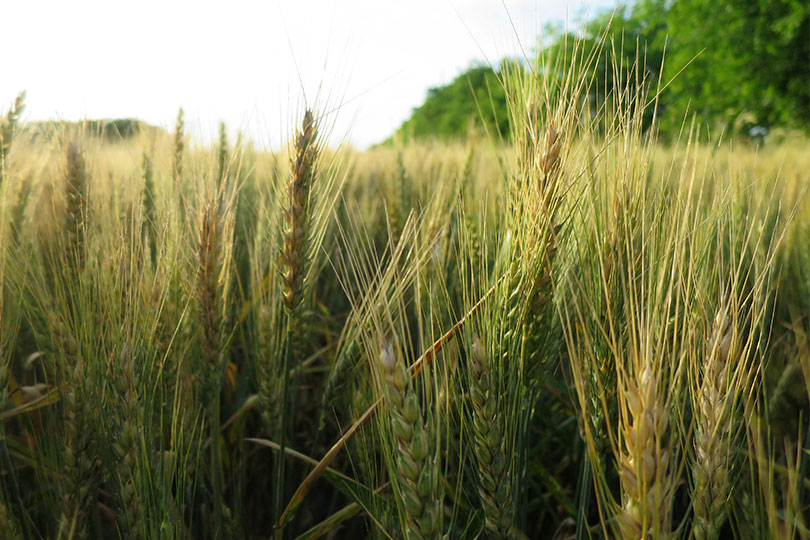By Jennifer Dorsett
Field Editor
A detailed report released in April by the University of Missouri’s Food & Agricultural Policy Research Institute (FAPRI) estimated 2020 net farm income at $86 billion, down from $106 billion in the group’s January forecast.
Earlier in the year, FAPRI predicted farm earnings would rise, because the phase one trade agreement with China included major agricultural commodity purchases. But the impact of COVID-19 on China, where the disease originated, paired with drastic drops in U.S. commodity prices has the research group reconsidering the forecast.
“A lot of producers are already in trouble. This is going to make it more severe,” FAPRI Director Pat Westhoff said.
Many major commodities, including corn, cotton, cattle, hogs and dairy, have fallen in price dramatically since COVID-19 reached the U.S.
FAPRI lowered 2020 estimates of livestock prices as much as 12 percent, milk prices by 8 percent and crop prices by 5 to 10 percent.
Westhoff noted the report did not account for possible effects of supply chain disruptions, like the recent closure of several meatpacking facilities, that may further reduce prices.
“The challenges folks were already facing in agriculture were tough, but COVID-19 has put an additional strain on the ability to profit from farming and ranching,” Texas Farm Bureau (TFB) National Legislative Director Laramie Adams said. “Across the board, agricultural commodities and live cattle futures have significantly declined, posing major challenges. Net farm income will be impacted by these extreme challenges.”
The FAPRI report was released prior to the unveiling of U.S. Department of Agriculture’s (USDA) Coronavirus Food Assistance Program, which may slightly adjust the forecast, according to American Farm Bureau Federation (AFBF) Chief Economist John Newton.
“The important component of FAPRI’s report is they did not include the $16 billion in direct payments from the recent USDA package,” he said. “Now that farmers and ranchers have some government payments coming in, that will offset the predictions a little bit.”
But forecasts like FAPRI’s are useful tools for legislators who are deciding how to allocate financial resources, Newton said. Periodic updates give analysts a current view of the situation and can help spur action.
“Folks on Capitol Hill have a lot of faith in the estimates put out by FAPRI and other groups,” he said. “USDA numbers, commodity sheets and research reports from different universities…it’s important to look at all of those and see what’s going on.”
FAPRI’s full analysis can be viewed here.

